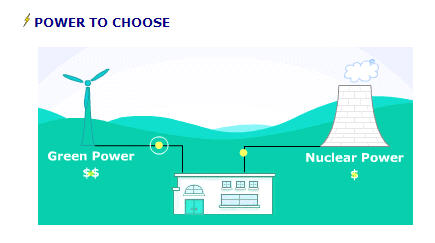

In principle, deregulation means the customer chooses their energy provider.
Real life, however, is never simple. Critics of deregulation say that treating energy like just another product on the marketplace is morally reprehensible.
Legislatures and the public utility commissions of many states have opened retail competition for electricity supply. The measures allow consumers of electricity to choose their supplier of electricity, (generation), while the delivery of the power, (transmission and distribution), will still be the responsibility of the incumbent, (regulated), power company.
What potential problems might this cause?

Currently 30 of the lower 48 states have some form of energy deregulation. be part of your energy portfolio (see the phase II assignment). However, there is some serious differences from state to state. Moreover, most states are not energy self-sufficient and therefore rely on regional power partnerships in order to distribute sufficient energy/electricity to its citizens. Therefore, coordinated oversite is required, else deregulation can be easily as Enron did.
Can we do coordinated oversite in the US?
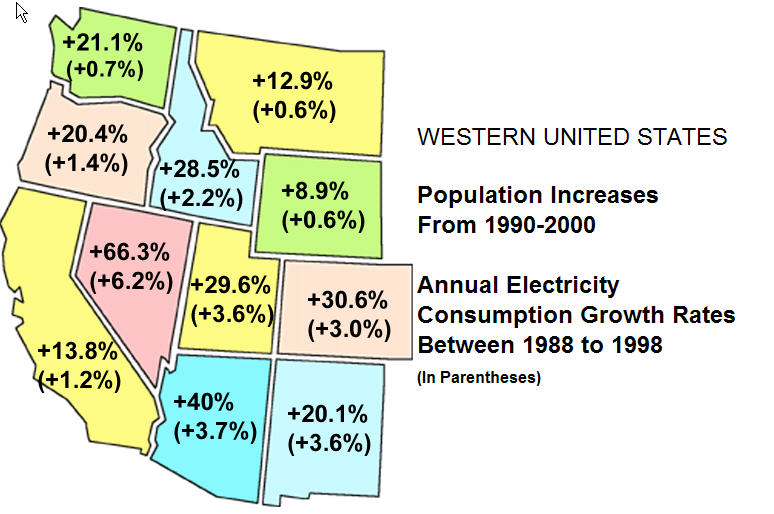
California: An Example of What not to Do
Everything that could go wrong, did ...
Let's start taking a snapshot view of California's sources of energy:
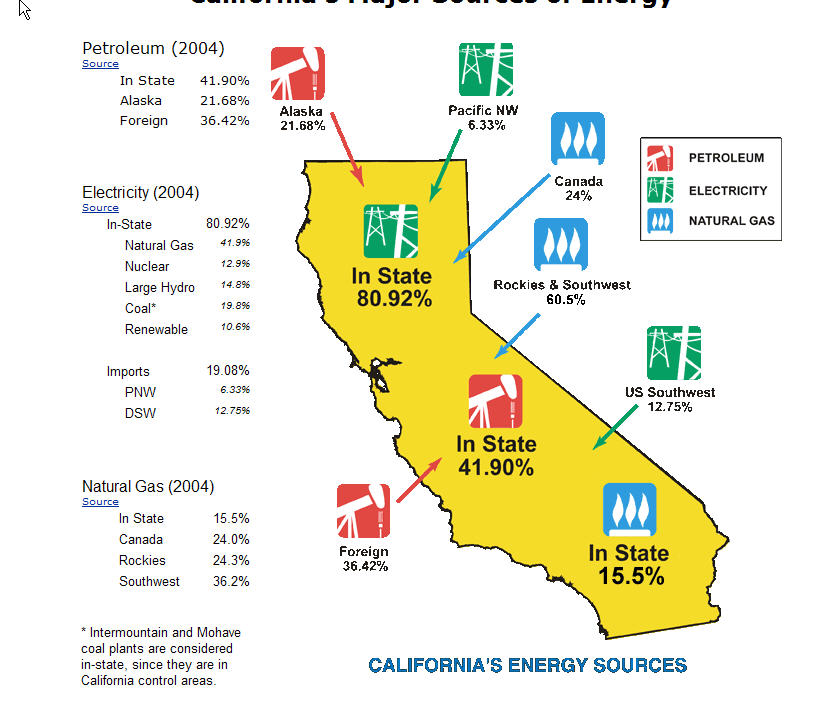
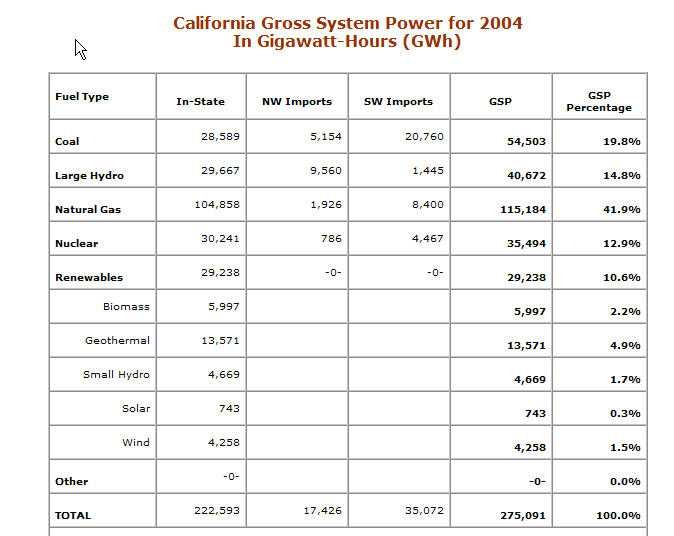

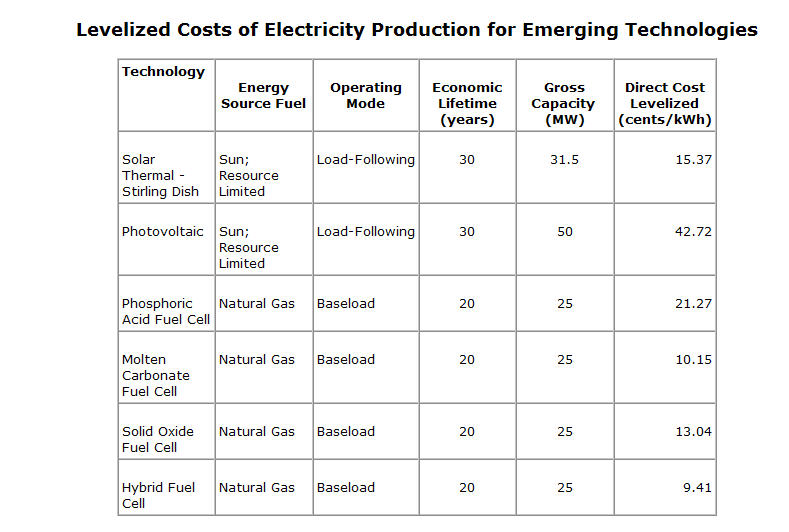
Good Example of Demand/Supply analysis
Combined, why are these two mistakes beyond stupid ...?
The wholesale energy market is volatile, and prices for electricity per kilowatt-hour can fluctuate daily
Prior to the 1996 deregulation one megawatt-hour of electricity sold for an average of $30. During peak deregulation it spiked as high as $1,400.
During the peak time of crises, In northern California alone, the current power deficit averaged 2,000 to 3,000 megawatts per hour. That serves 200,000 to 300,000 homes!
As demand for power peaked in the summer (of 2000) and the region experienced drier than normal conditions, California utilities scrambled to buy enough power. Many of its supplying generators are in states such as Washington where dwindling water reservoirs have affected output by hydroelectric plants.
Unable to recoup these higher costs from their customers, the utilities rapidly ran out of money, with the two largest claiming their combined losses exceeded $9 billion as of last month. Many banks grew resistant to lending more money to the cash-starved utilities. That, in turn, made generators reluctant to sell more power to California. And so, the downward spiral begins.
Big mistake No. 3: Deregulation did not permit the negotiation of long-term contracts between utilities and power generators. Legislators were concerned at the time that utilities would get locked into higher prices and be unable to take advantage of dips in the electricity market. But the reverse has happened.
Big mistake No. 4: The belief in 1996 that California did not need to build any new power plants. This belief has no doubt been buttressed by the fact that, with its tough environmental laws, California is one of the more adverse places in the country to build new power facilities.
"For 20 years or more, no significant increase in the power supply of the region has taken place," says Gary Ackerman, whose Western Power Trading Forum represents electricity suppliers.
The overall shortfall in california was about 12,000 Megawatts. Most of this shortfall has now been made up via the construction (rapid) of Natural Gas Power plants.
Bottom Line: When California moved toward energy deregulation, it was viewed as a role model for the nation. Many now think it has served that function inversely -- showing how not to do it.